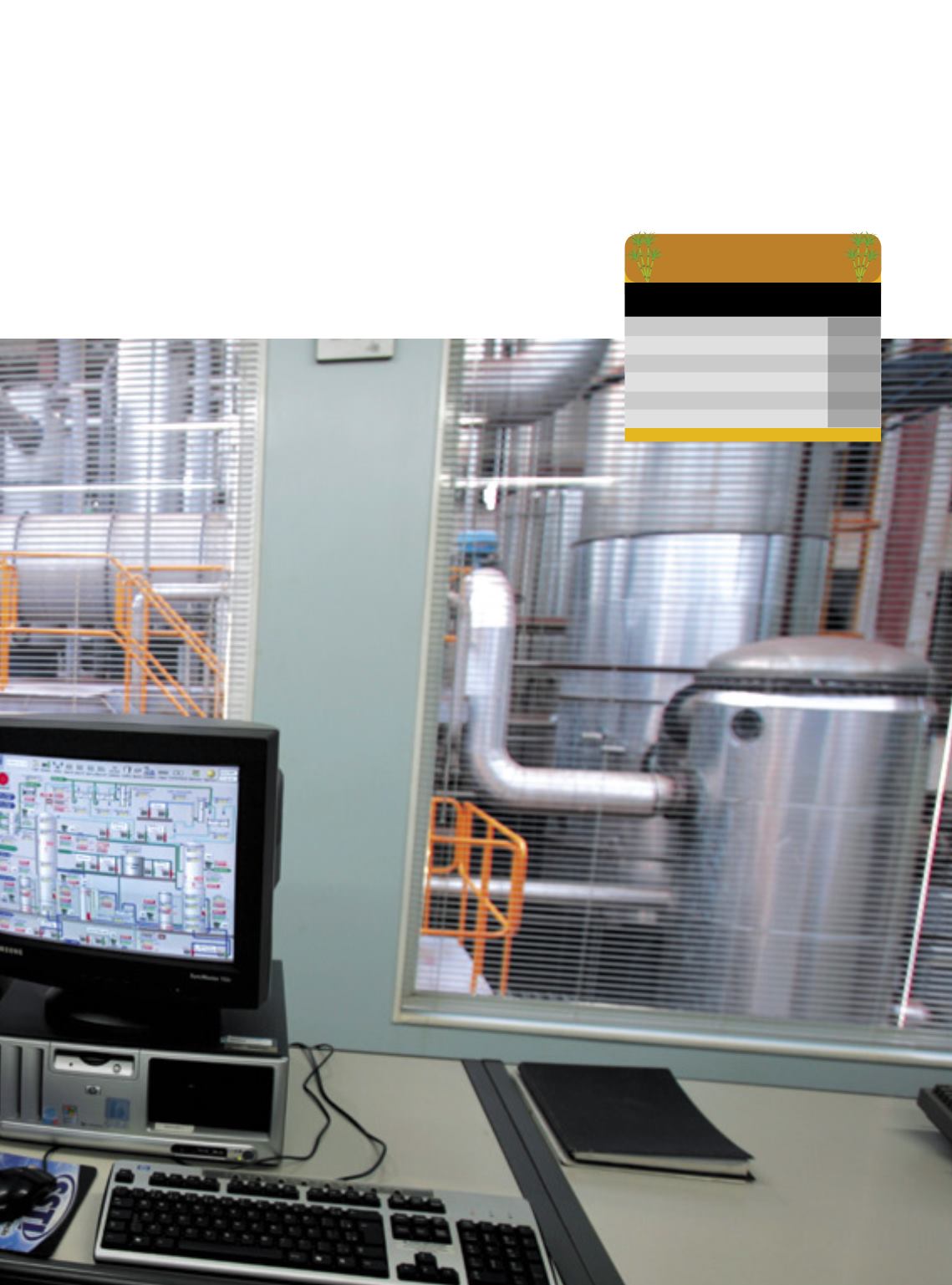
stands that, in early August, taxes on fuels did
not meet the public policies expected for the
sector (there is expectation about the Renov-
aBio Program), but at the end, in view of the
new reality of the sugar sector, it could mean
some help for ethanol and induce themills to
intensifytheproductionofthisfuel.
n
the government to enact a special tariff so as
torestrictthiscommercialoperation.
Taxation, by theway, was fully present in
the entire year, in 2017. To start with, the re-
sumption of the Contribution to the Social
Integration Plan and Contribution for Social
Security Financing (PIS/Cofins) on ethanol
had an influence on its competitiveness. In
July, alterations to the taxes on fuels in gen-
eral gave rise tomore controversies, in spite
of the fact that by the end of the month an
adjustment benefiting ethanol gave rise to
speculations about the chances for the bio-
fuel to improve its performance.
Until July, domestic and foreign etha-
nol sales were still running behind the previ-
ous year’s levels, as well as its production ob-
served and projected for the 2017/18 crop
year, that started in April. However, consid-
ering the change in taxation and in the pric-
es of sugar, whichwere on the decline, a reac-
tionfromethanolinthesecondhalfoftheyear
wasnotoutofthequestion.AntoniodePadua
Rodrigues, technical director at Unica, under-
39
LIQUIDEZ
LIQUIDITY
Maiores estados produtores
(2016/17 – em bilhões de litros)
Fonte:
Conab.
São Paulo
13,70
Goiás
4,40
Mato Grosso do Sul
2,71
Minas Gerais
2,66
Paraná
1,40
Mato Grosso
1,22


